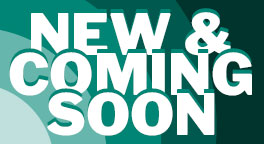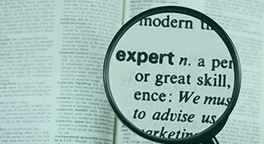The Generation of Depth Maps via Depth-from-Defocus: An empirical approach to implementing DfD
The principal aim of this study was to use the concept of image defocus related to feature depth in order to develop a system capable of converting a 2- dimensional greyscale image into a 3-dimensional depth map. An advantage of this concept over techniques such as stereo imaging is that there is no so-called correspondence problem where the corresponding location of a feature or landmark point must be identified in each of the stereo images. The majority - and the most successful - of previous researchers in DfD have used some variation of a two-image technique in order to separate the contribution of the original scene features from the defocus effect. The best of those have achieved results typically in the range of 1% to 2% error in the accuracy of depth estimation. This book presents a single-image method of generating a high-density, high-accuracy depth map via the evaluation of the edge profiles of a projected structured light pattern. The final solution generates a depth map of up to 240,000 spatially invariant depth estimates per scene image, with an accuracy of within +/- 0.5% over a depth range of 10cm. This description may be from another edition of this product.
Format:Paperback
Language:English
ISBN:3639212592
ISBN13:9783639212594
Release Date:February 2010
Publisher:VDM Verlag
Length:272 Pages
Weight:0.89 lbs.
Dimensions:0.6" x 6.0" x 9.0"
Customer Reviews
customer rating | review
There are currently no reviews. Be the first to review this work.













